“Whatever you have in your rooms, think first of the walls” - wise words indeed from pattern and textile god William Morris (and nobody could call his designs neutral).
However, if you read any lifestyle articles on selling your home, you’ll soon be told that buyers can’t see past colour, and you need to avoid it if you want to ignite their passion.
Now, we love muted Scandi interiors as much as anyone else, but does your home really need to resemble a hip Danish coffee shop to get the highest price?
No, it doesn’t, and plenty of colourful homes sell fast and for good money, but there are some tricks to using colour for that perfect balance of self-expression and saleable style.
With that in mind, let’s dive into the world of palettes and Pantone numbers by looking at:
- The art of working with colour.
- Where and when to keep things neutral.
- Accessorising with colour.
- Adding colour to kitchens and bathrooms.
- Ideas for wallpaper and paint.
So whether it’s a total makeover, a feature wall or a casual sprinkling of colour, this week’s blog has all you need to add your stamp and boost your home’s value at the same time.
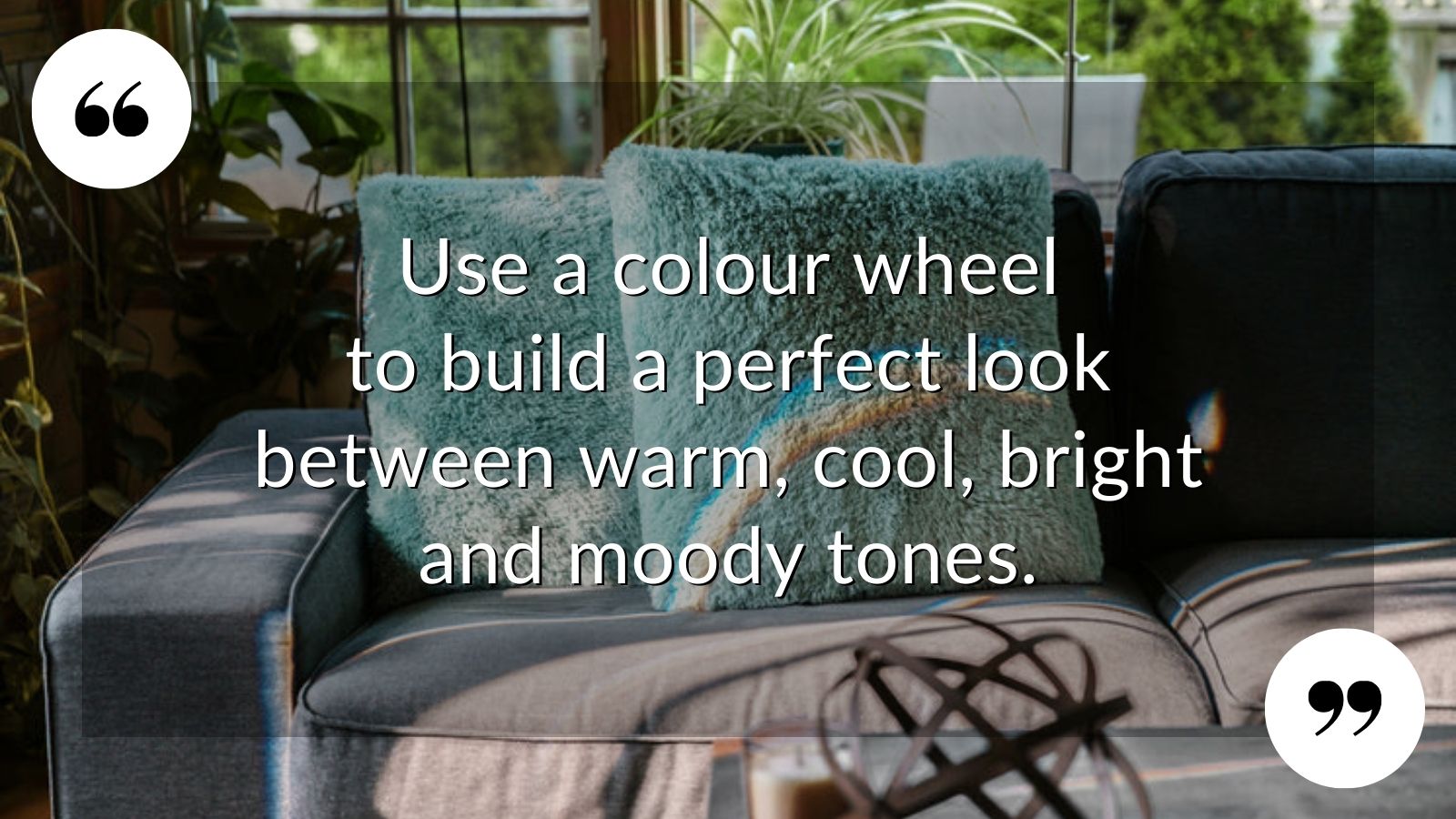
THE ART OF WORKING WITH COLOUR
It can be tricky to strike the correct balance of colours and tones – warm, cool, moody, bright – but fortunately, there’s a simple tool to help you get it right every time.
The colour wheel was invented in 1666 by none other than Sir Isaac Newton while studying light and prisms, when he discovered the spectrum of colour - little did he know where it would lead.
- A colour wheel costs less than £10 and shows you how primary, secondary and tertiary colours sit side by side and how they relate to each other.
- As a guide, ‘analogous’ colours blend to create an immediate sense of harmony, while ‘complementary’ schemes push individual colours to the fore with high contrast.
- An interior designer’s trick is to take your favourite shade, or pick out colours from a pattern you love, then use a colour wheel to build a perfect look.
While there’s certainly a knack to using a colour wheel, there are books and YouTube tutorials to help you become a mix-and-matching wiz (not to mention a go-to interior guru for your friends).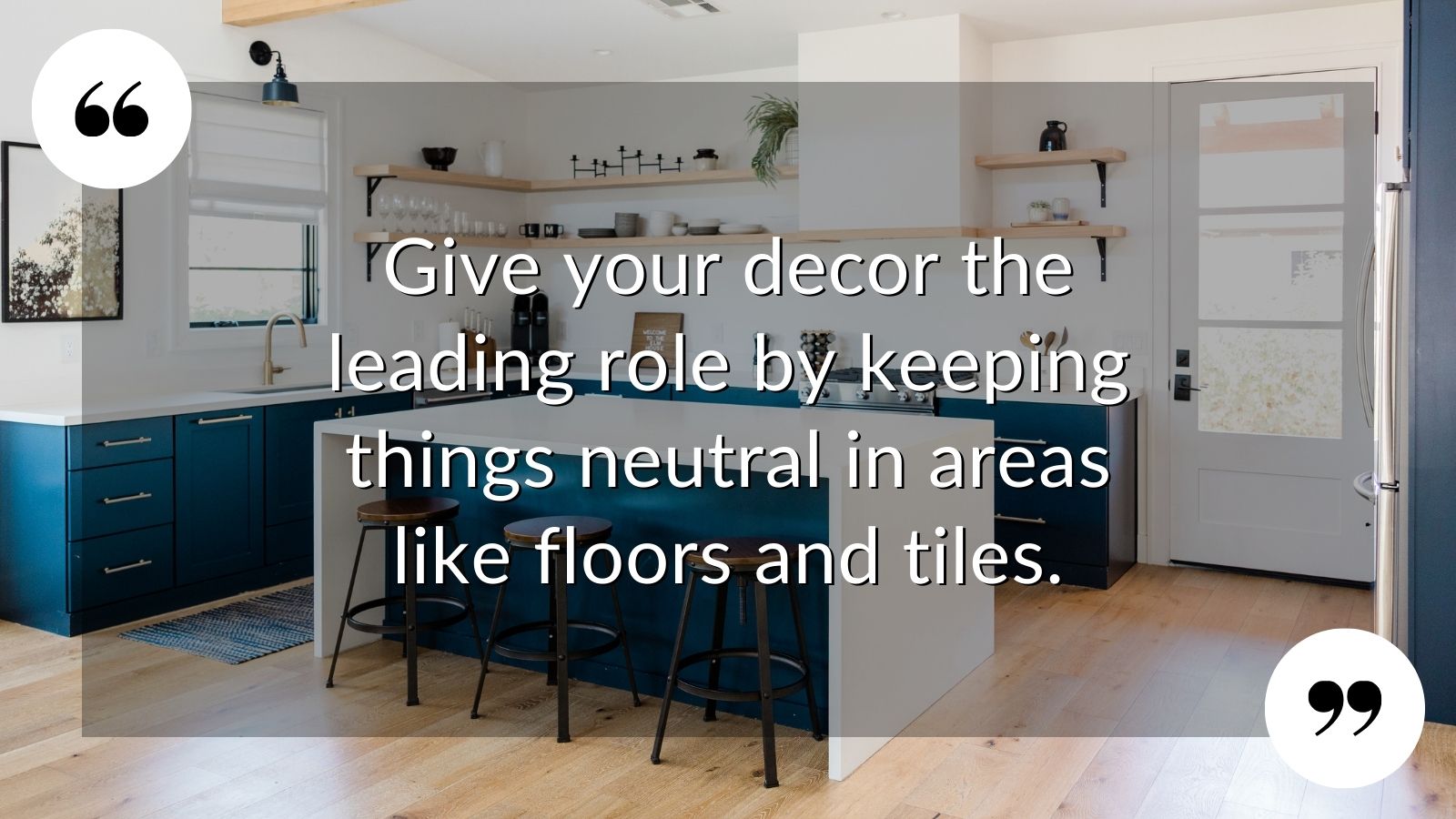
WHERE AND WHERE TO STAY NEUTRAL
While a classic camel coat and crisp white shirt underpin many a wardrobe, keeping it neutral in certain areas at home gives your decor the leading role without being upstaged, including:
- Timber floors like oak and walnut in living areas; sisal or coir matting for high-traffic hallways and stairs; deep pile or Berber carpets for chic and cosy in bedrooms.
- Tiles in natural finishes for floors, walls and splashbacks like stone, marble, cement grey and classic hand-glazed white.
- Kitchen worktops in natural wood, granite, resin, marble or reconstituted stone for durability, timeless style, and universal appeal.
- Taps in brushed metal are more hardwearing than lacquered finishes and less prone to nicks and changes in colour trends.
- Power sockets and switches in either standard white or brushed metal, or painting radiators to match your walls or woodwork so they blend into the background.
If you look at the world of fashion, neutrals form the bedrock of countless colourful looks by complementing whatever they’re paired with, and the same is true for interior design.
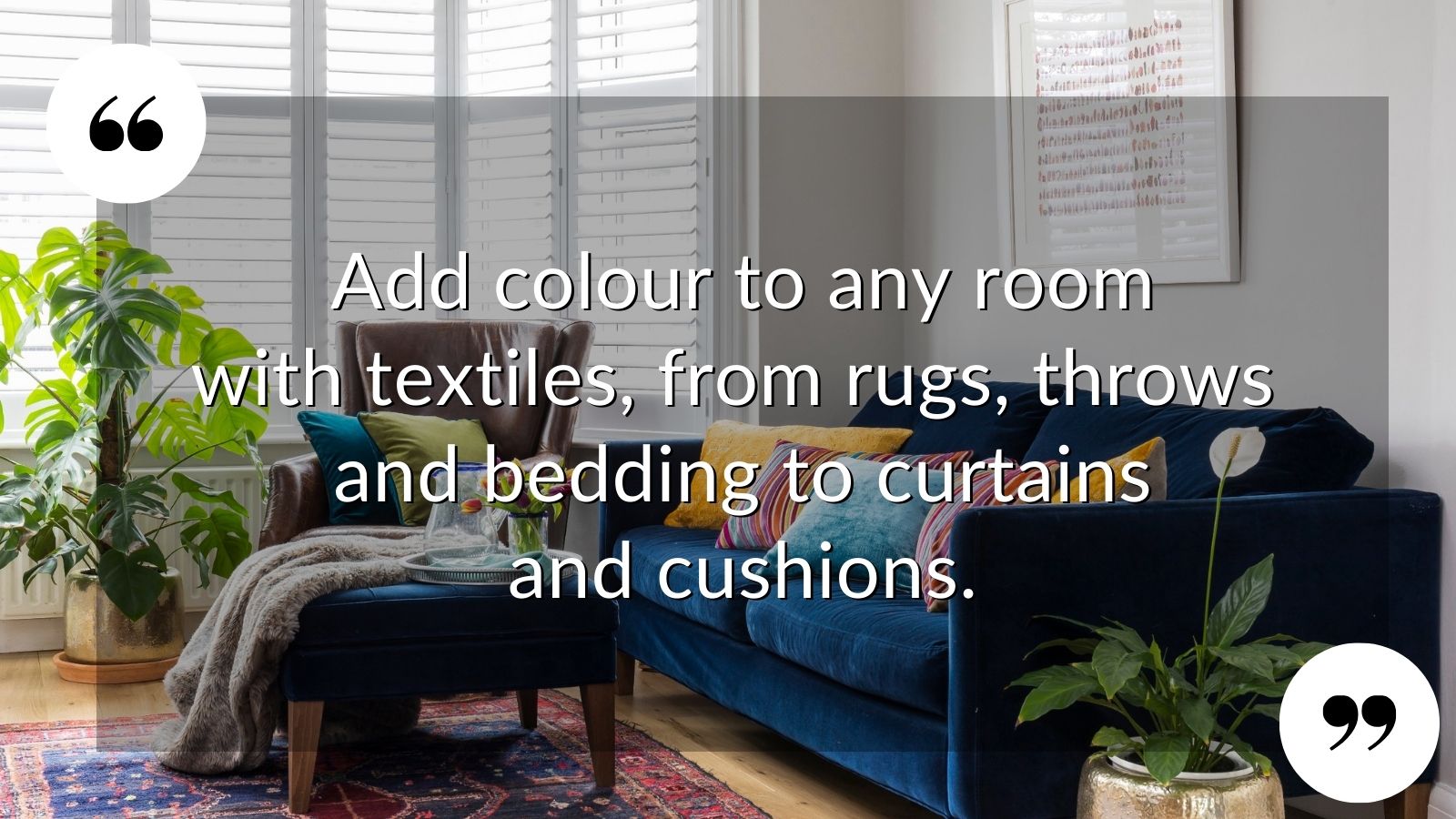
ACCESSORISING WITH COLOUR
If you want to avoid the upheaval of major decorating works but still transform the look and colour of your rooms, accessorising is the answer to creating your dream theme.
- Textiles can add colour and design to any room, from curtains and cushions to rugs, throws and bedding, or new upholstery on furniture.
- Art is a fast and fun way to express your taste, from original paintings to stylish prints and even your own photos, with frames adding an extra style, from trad to rad.
- Ceramics, glassware, books, maps, lamps and candlesticks are all quick and easy ways to add colour to any corner or surface.
Bonus point: as well as transforming your rooms, photos and viewings, accessories are entirely portable, meaning your investment can move with you whenever you sell.
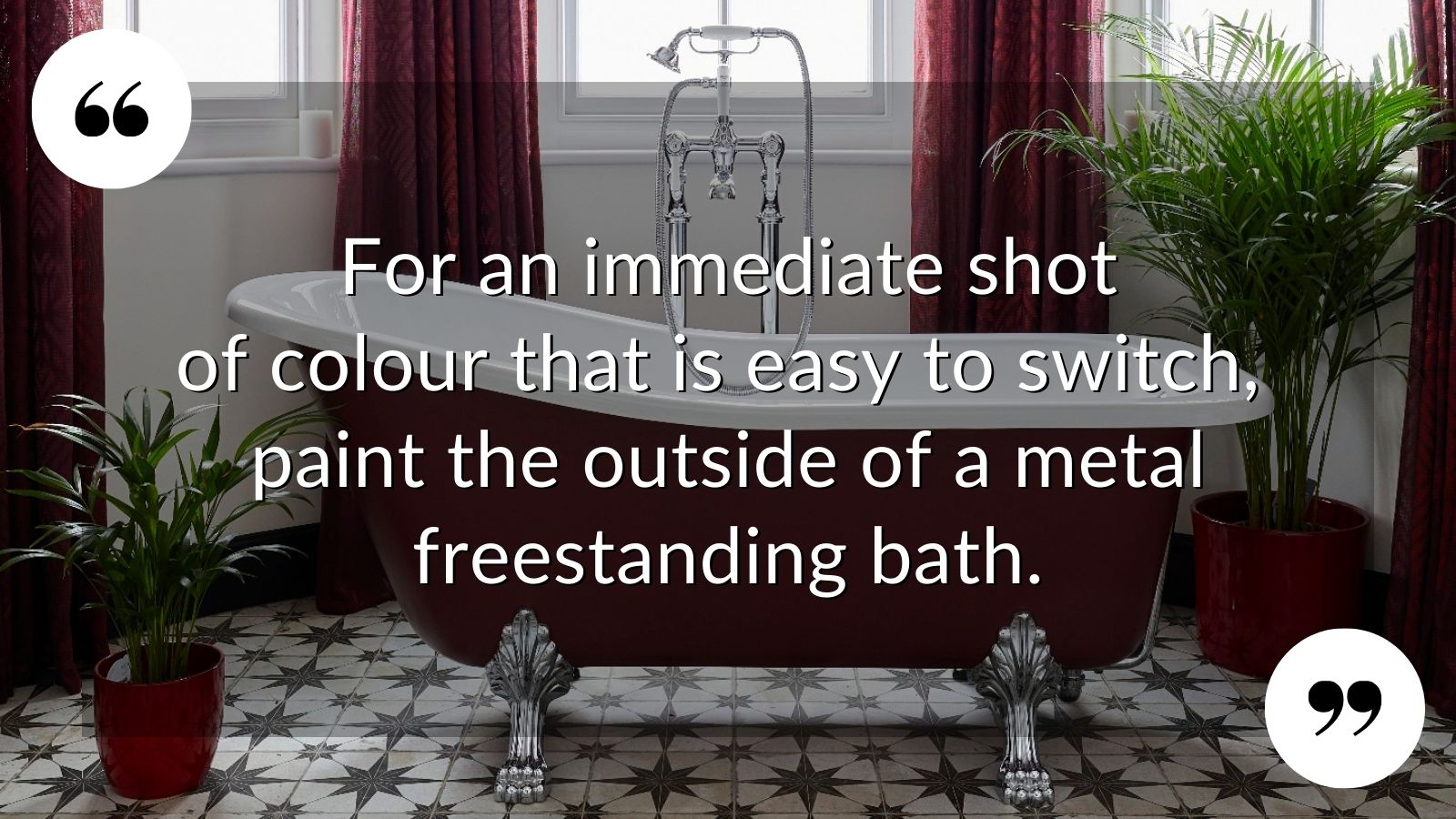
ADDING COLOUR TO KITCHENS AND BATHROOMS
The rooms with the highest concentration of value in any home are the kitchen and bathrooms, which are also the most costly areas to replace.
So, if you want to do more than paint the walls, try these tips for using colour in a way that adds value and inspires buyers while giving them options for easy and inexpensive change.
- Kitchen cupboard and drawer fronts are interchangeable, and consistently popular colours include navy, sapphire, teal, sage, racing green, anthracite, charcoal and black.
- Painting the outside of a freestanding metal bath will give you an immediate shot of colour that’s striking, memorable and simple to switch.
- Splashbacks in coloured glass are a sleek way to add a blast of colour behind sinks and hobs that can be swapped for another colour far easier and quicker than tiles.
Ultimately, it’s about thinking of the most flexible areas for change that would give the effect of a complete remodel without the disruption, mess and financial outlay.
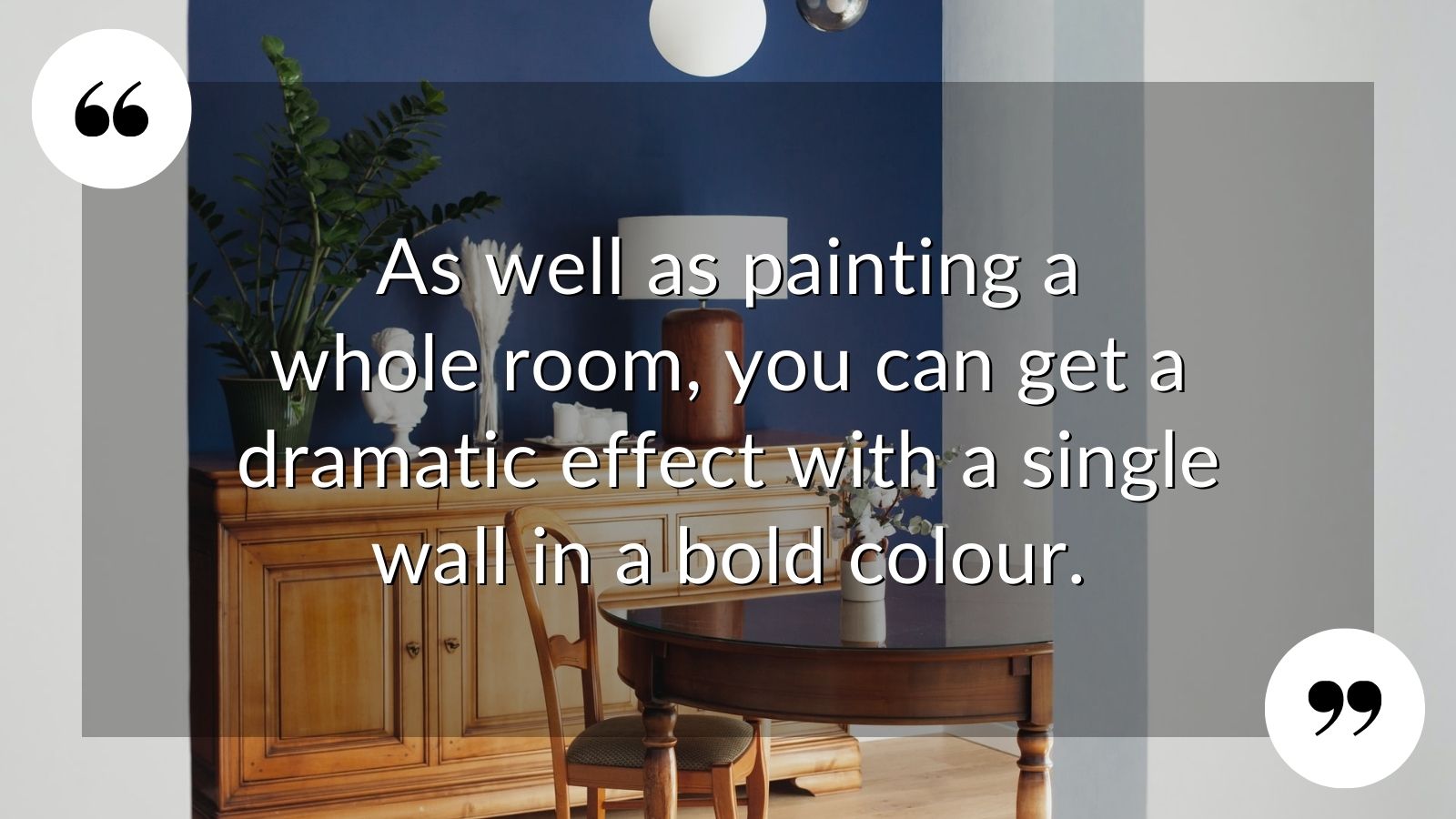
IDEAS FOR WALLPAPER AND PAINT
Paint is a quick, cheap and effective way to change the entire personality of a room, and a fresh coat can give a new lease of life to any home, especially with a high-quality product.
- Some brilliant premium British brands include the chalk paints of Annie Stone, the deep pigments of Fenwick & Tilbrook, and the reassuring heritage of Farrow & Ball.
- As well as painting an entire room, you can achieve a dramatic effect with a single wall in a bold colour - over a fireplace, behind shelves, or as the backdrop to a picture gallery.
- Aside from on your walls, you can use paint to refresh furnishings like chairs, tables, wardrobes and chests of drawers, or accessories like picture frames and mirrors.
Of course, paint isn’t the only home decor solution, and wallpaper can deliver equally eye-catching results for a feature wall, a glamorous loo, or even upcycling furniture.
What’s your next step?
If you’d like to know what features and design buyers will pay the highest price for in the Wilton & Salisbury area, we’re here to help.
Call us on 01722 580059 or message us at info@piccoloproperty.co.uk for a friendly, no-strings chat with one of our team.

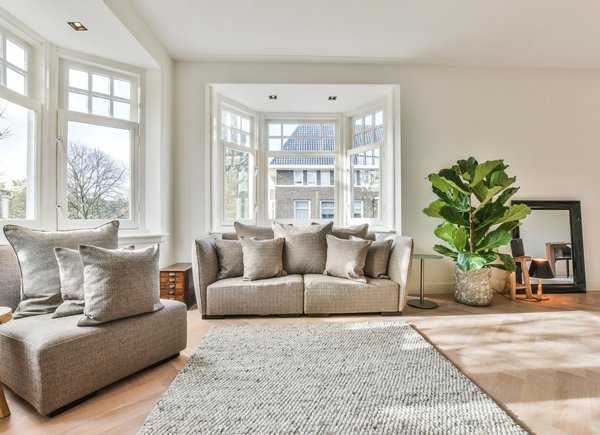

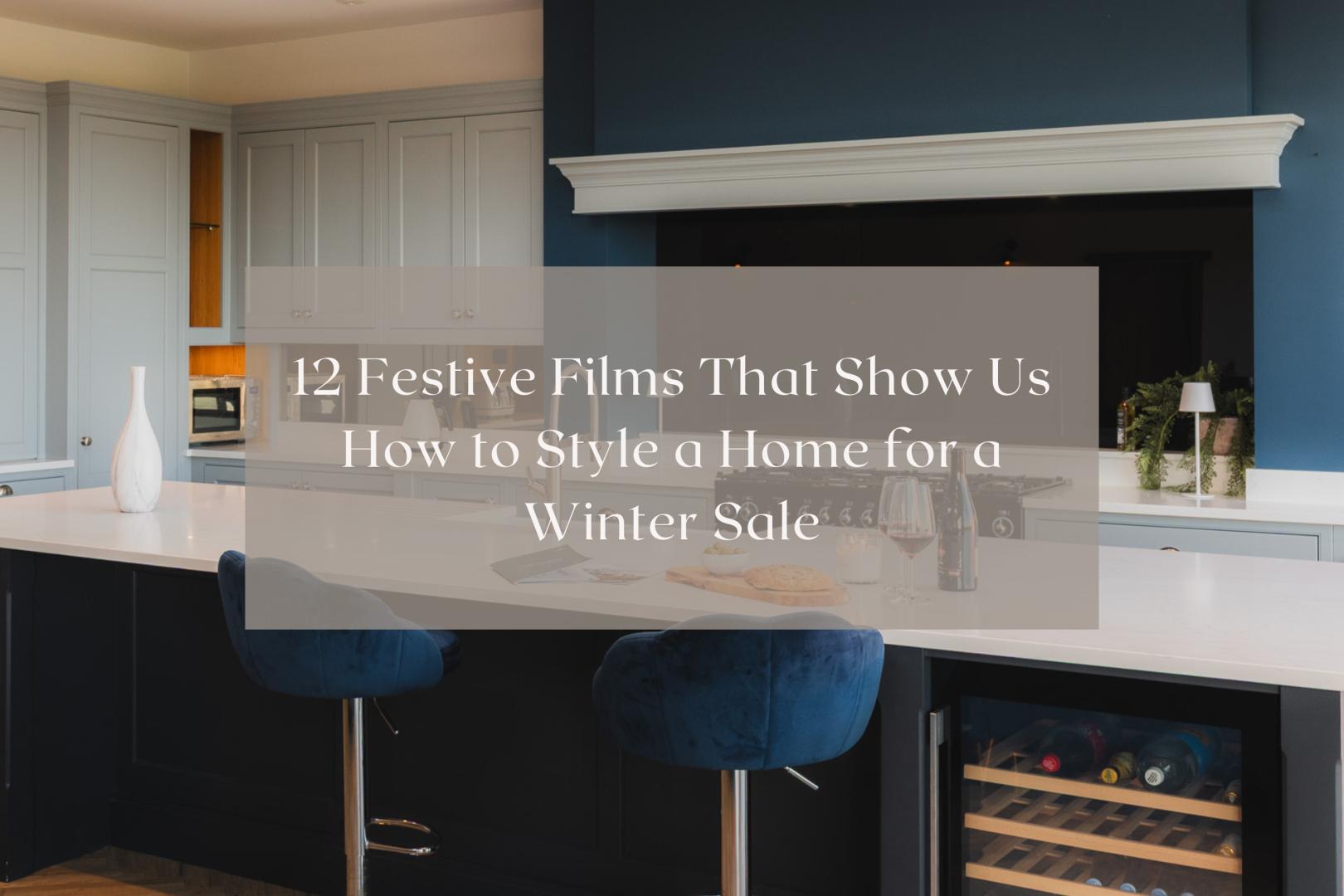


Share this with
Email
Facebook
Messenger
Twitter
Pinterest
LinkedIn
Copy this link